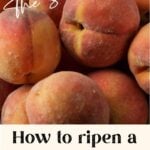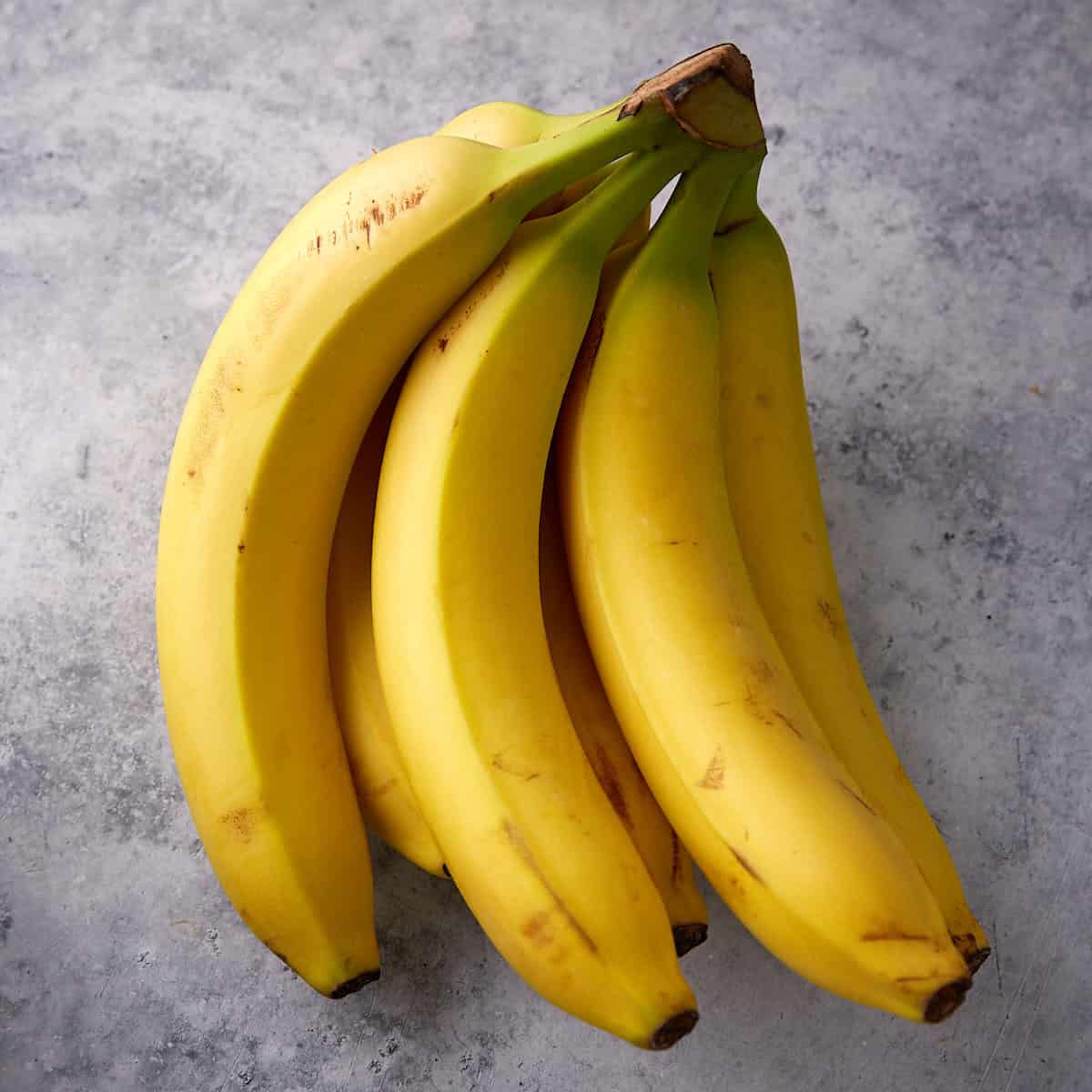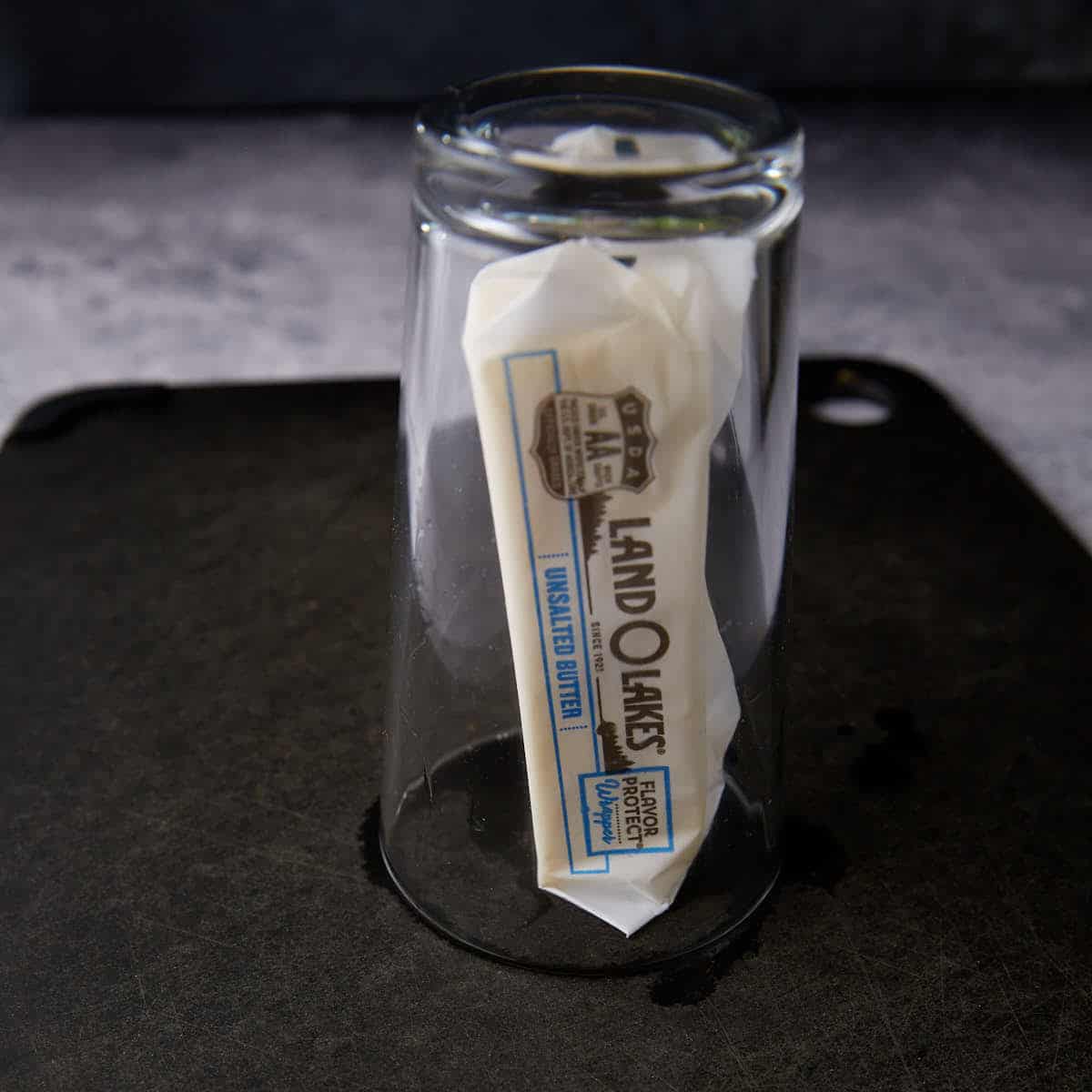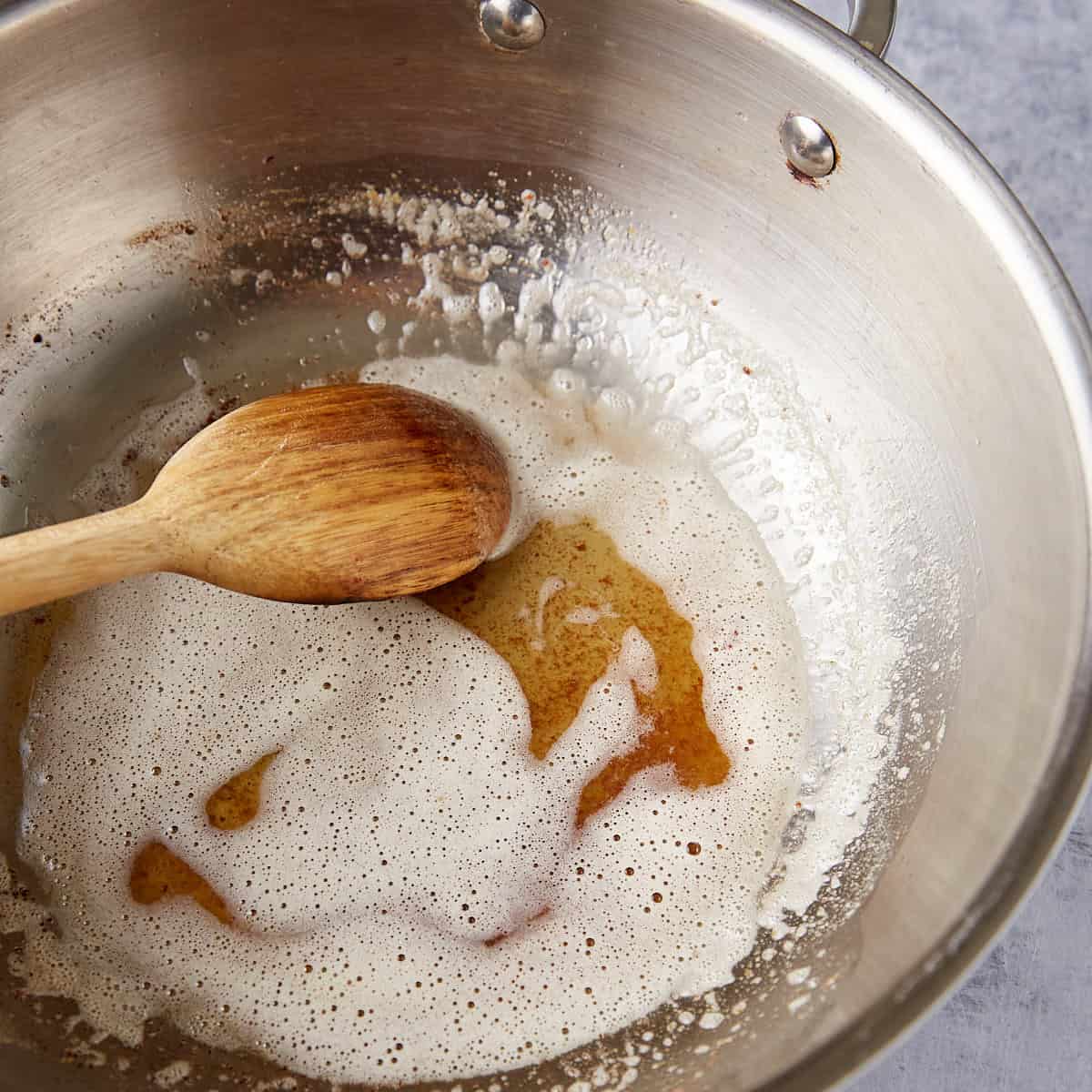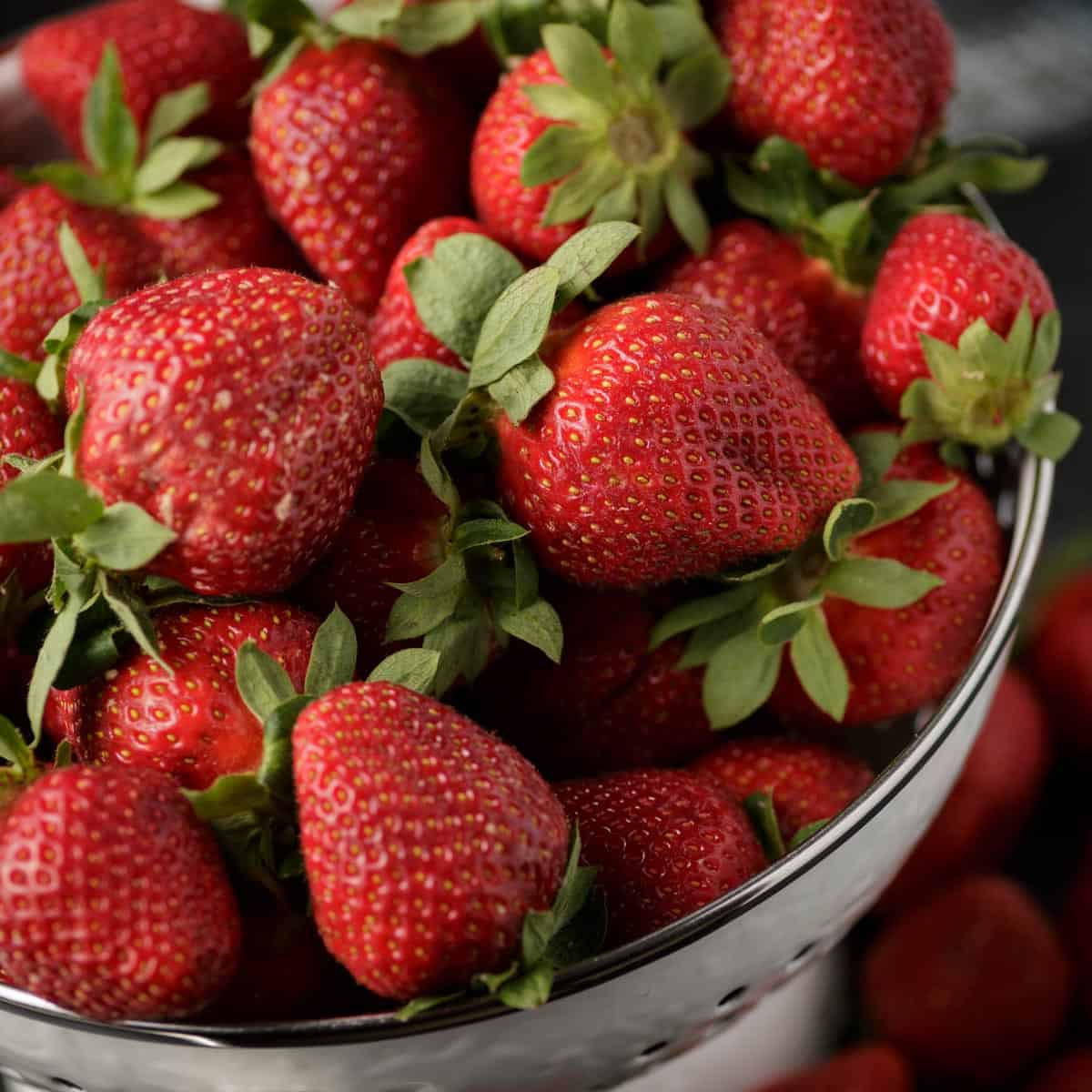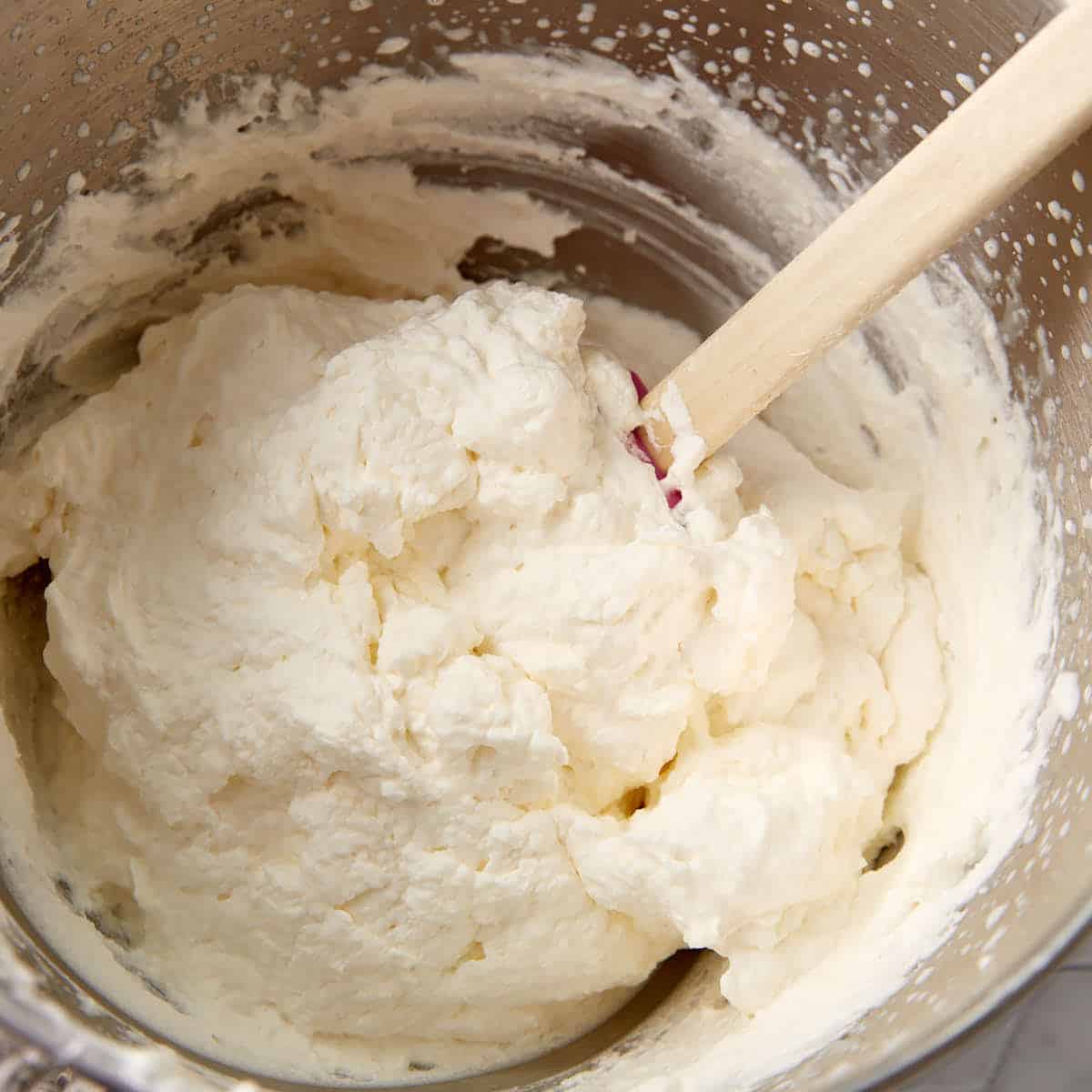Brought home a bag of peaches that feel like pool balls? Don’t worry. With a little patience and a couple of easy tricks, you can coax them into juicy, sweet perfection, just in time for cobbler.
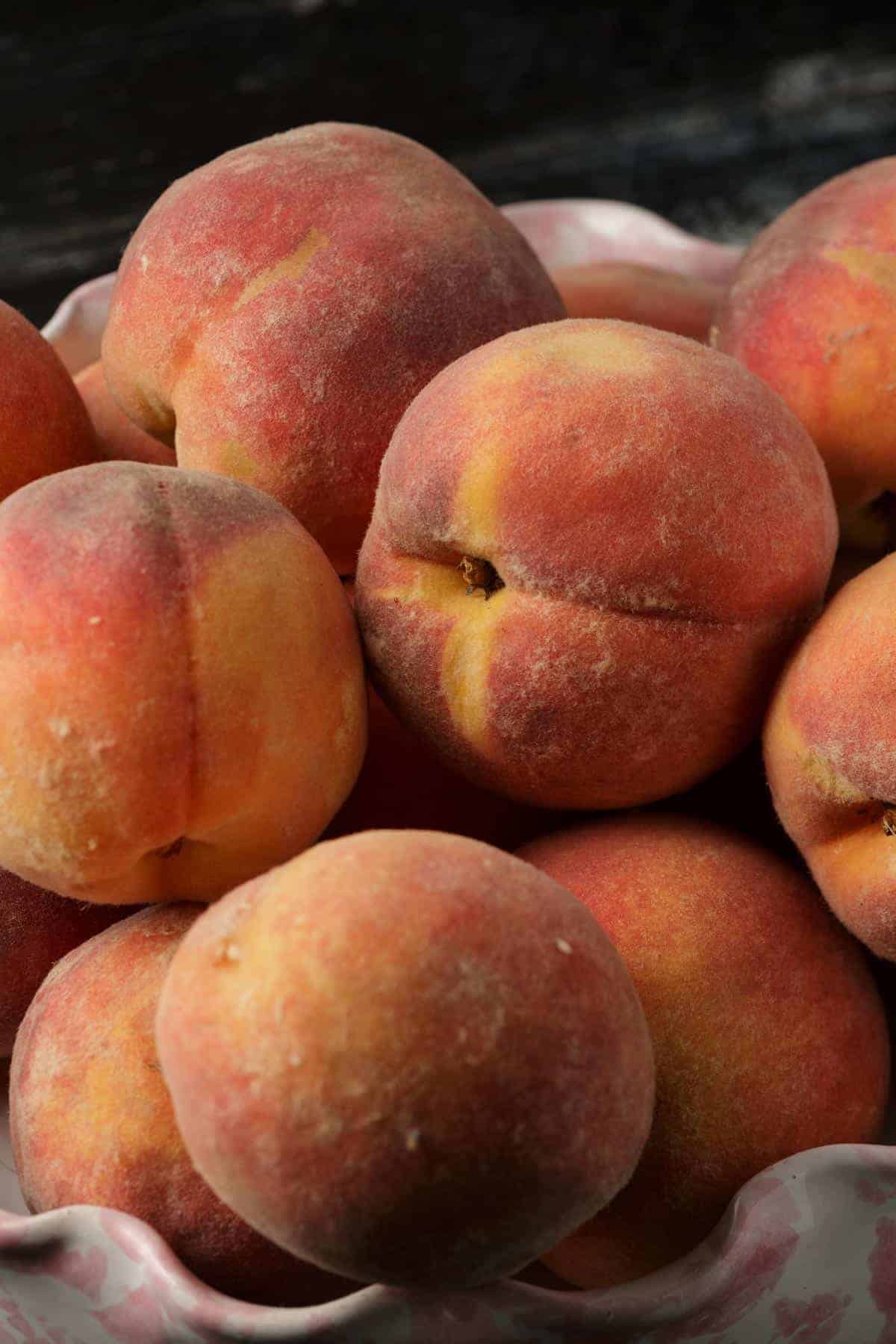
Living in a county wrapped in peach orchards, I’ve learned one thing the hard way: just because a peach looks ripe doesn’t mean it’s ready to eat. I can’t tell you how many times I’ve sliced into a perfect-looking peach only to find it hard and flavorless. No thanks.
But here’s the good news. Peaches are one of the few fruits that can ripen off the tree. So if you grabbed a few that are still a little too firm for peach cobbler with a buttery pie crust or you’re dreaming about a bowl of fresh peach ice cream, don’t panic. You’ve got options.
How to Ripen Peaches (Without Turning Them to Mush)
Let’s start simple. Here’s how to ripen peaches at home, whether they’re just shy of juicy or hard enough to bruise your foot.
- Almost ripe? Leave them out on the counter. A sunny windowsill works wonders. Give it a day or two.
- Still firm? Pop them in a brown paper bag and fold the top over. If you don’t have a paper bag, a plastic one loosely closed will do.
- Hard as a rock? Throw in a ripe banana with your peaches inside that bag. Bananas give off ethylene gas, which nudges those stubborn peaches along. You’ll need a couple of days for this one.
How to Pick the Best Peaches
If you’re at the store or a roadside stand sizing up your fruit haul, here’s what you want:
- Smell it. A ripe peach smells like summer. If there’s no aroma, it’s probably not ready.
- Skip the green. A little red blush is fine, but any green means it was picked too early and probably won’t ripen much more.
- Squeeze gently. Ripe peaches will have a little give. Rock hard? Walk away or prep your paper bag.
What Peaches Work Best for Baking?
You’ve got two main types: Freestone and Clingstone.
- Freestones are your go-to for baking. The pit pops right out, making them easy to peel and slice.
- Clingstones are, well, clingy. They hold tight to the pit but are often sweeter and juicier. Great if you don’t need perfect slices.
Then there’s white peaches, low on acid, big on sweetness. They’re dreamy in sangria or chilled desserts. They can be freestone or clingstone depending on the variety.
The Easiest Way to Peel and Cut a Peach
I know some folks swear by the blanch-and-peel method. I skip it. I’ve peeled more peaches than I can count, and honestly, I can do it faster with a sharp knife than waiting for water to boil.
- To cut: Slice around the seam, twist it open, pop out the pit, and you’re good to go.
- Need slices? Cut the halves into quarters or thinner, depending on what you’re making.
- Clingstone hack: Cut off one slice to get things started, then work your way around the pit.
If I’m making something like peach salsa or peach cinnamon rolls, I just chop right over the pit. A little messy, but it works.
How to Store Peaches (Ripe or Not)
Once they’re ripe, toss them in the fridge. That’ll buy you a few more days before they turn too soft.
Got too many? Freeze them. Peel, slice, lay them on a parchment-lined baking sheet, and freeze in a single layer. Once solid, toss them into a freezer bag or vacuum seal. They’ll last about a year that way, perfect for mid-winter cobbler cravings.
Need something to do with your ripe beauties? You can’t go wrong with homemade peach cobbler or a scoop (or three) of peach ice cream. Or just eat them straight over the sink. No judgment. That’s how the best ones get eaten anyway.
I first published this post on How to Ripen Peaches on my Southern food blog Butter and Baggage.
